Once Again, Scientists Go Nano For Solar
Photovoltaic solar cells have their limits, and that’s directly related to the underlying semiconductor material. The scientists who discovered the limit back in 1961 named it after themselves, the “Shockley-Queisser (SQ) efficiency limit.” The not-so-favorable SQ prophecy basically states that single-junction silicon-based solar cells can convert no more than 33% of sunlight into working electricity.
Semiconductors may be approaching limits, but the human brain sure isn’t. An overwhelming amount of next-generation Einstein’s are strategizing together to overcome the SQ limit using workaround solutions such as multi-junction PV cells, concentrating optics, and heat-based technology, making it possible for today’s advanced PV cells to convert up to 45% of sunlight into energy.
photo: fraunhofer
According to a recent Nature Communications paper, it appears that university researchers have found yet another to give this number a boost, only this time the process is no longer semiconductor-dependent, rather using plasmon decay to generate high-energy “hot electrons” on a metal nanostructure surface.
Finally, uncapped PV efficiency outlooks? Maybe–and that’s exactly what these researchers are seeking to find out.
Solar activities on the surface
The effort is made by a team of researchers at Rice University’s Laboratory for Nanophotonics (LANP), which expands upon the inherent property of metallic surfaces to generate high-energy electrons when light shines upon it. Crowned as “hot carriers” or “hot electrons”, surface carriers show great promise for solar cells as they encompass a much larger cross-section for a wider spectrum of photon absorption as opposed to traditional PV cells.
photo: University of Cambridge Molecular and Nanoscale Photophysics
Remember the SQ limit previously mentioned? The fundamental limit is in silicon-based material’s inherent optical property to generate current only when photons of a certain wavelength falls on it, with out-of-range sunlight either passing through the solar cell or dissipating as heat. Basically, current PV systems generate electricity out of the visible spectrum, with the other 65% of sunlight consisting of infrared, microwave, radiowaves, X-rays, and Gamma rays wasted in the process.
But according to LANP research, metal nanostructures can bend that limit. Director Naomi Halas states through leveraging customized metallic nanostructures and their plasmonic properties, new PV systems can finally absorb a more complete spectrum of light, increasing electricity output like never before.
“We can tune plasmonic structures to capture light across the entire solar spectrum. The efficiency of semiconductor-based solar cells can never be extended in this way because of the inherent optical properties of the semiconductors.”
Plasmon decay in solar applications has been explored in previous research, but one of the biggest drawbacks was a lack of distinction between surface hot carriers and interband carriers in the PV process; this grey area has prevented scientists to pinpoint a successful plasmonic-based PV model to date.
Lead researcher Bao Zheng explains, “Plasmonic-based photovoltaics have typically had low efficiencies, and it hasn’t been entirely clear whether those arose from fundamental physical limitations or from less-than-optimal designs.”
The key point here is that if plasmon decay indeed has limitations like p-n junctions, it may not be as effective in improving PV technology. But, Rice University researchers suspect that the problem lies in design and not the generation process and have conducted experimentations to strengthen the correlation in question and, more importantly, prove nanostructures are indeed suitable for practical applications.
The plead for plasmonic technology
To determine how plasmon-induced carriers rank independently in the photovoltaic process, the LANP team tested different versions of nanowire-based hot-carrier devices on wide-bandgap semiconductor; particularly, a Schottky diode was paired with a metal nanostructure in order to measure the electrical and photocurrent responsivity of hot carriers solely out of plasmon decay.
photo: Rice University Laboratory for Nanophotonics
Researcher Alejandro Manjavacas explains their findings confirmed their hypothesis: “We found that hot electrons were not correlated with total [interband] absorption. They were driven by a different, plasmonic mechanism known as field-intensity enhancement.” The positive result has moved them into the second stage of improving current models to increase field-intensity enhancement and generate more of these much desired surface hot carriers.
A new focus on plasmonic solutions
This is uplifting news for solar energy harvesting as it means plasmon decay is capable of driving current via surface nanostructures independently, enhancing the photovoltaic efficiency beyond current ratings. Additionally, as high-efficiency plasmonic technology couples with low-cost semiconductors, material costs are expected to decrease, an attractive feature for further R&D efforts and eventual product manufacturing.
The team shows their excitement for the realization of plasmonic technologies toward more efficient solar photovoltaics. In conjunction their in-lab efforts, LANP is also applying their research toward practical applications–collaborating with National Renewable Energy Laboratory (NREL) on coupled quantum dot-plasmonic devices and developing clean and practical energy solutions:
“We are pursuing several projects in solar thermal energy for cost-effective solutions to energy-demanding applications like water purification, autoclaving, solar-to-fuel energy conversion, plasmon-enhanced fuel generation, and electricity production for the advancement of developing countries and global health needs.”
Sure enough, in this day and age, “enhanced”, “advanced”, and “cost-effective” are all well-received words for anything energy-related. With promising endeavors such as this, it sure looks like we can overcome that darn SQ limit and leap way beyond a 50% efficiency mark in solar applications, after all.
Further read (research papers):
Solar Vapor Generation Enabled by Nanoparticles
Compact solar autoclave based on steam generation using broadband light-harvesting nanoparticles
Source: Distinguishing between plasmon-induced and photoexcited carriers in a device geometry

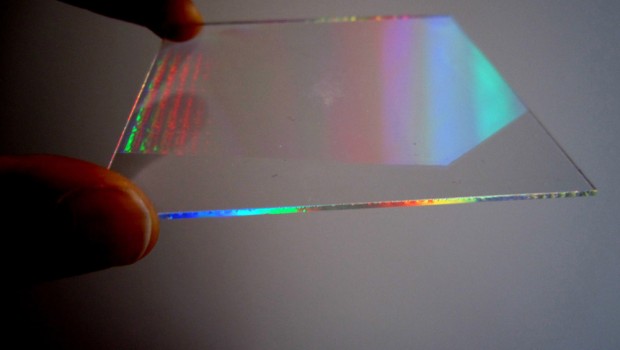
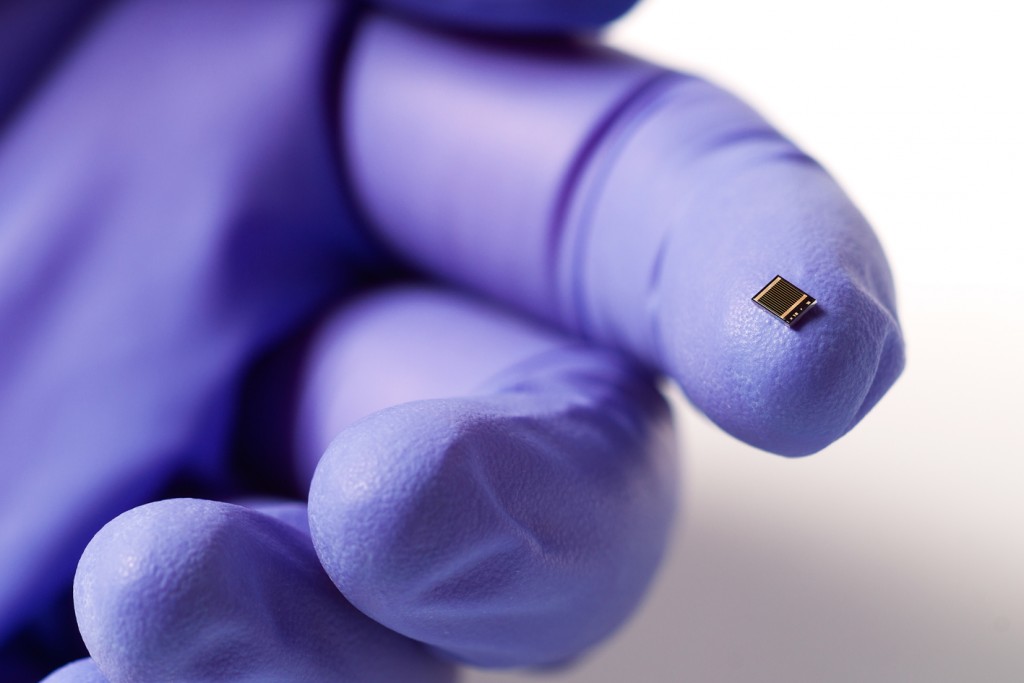
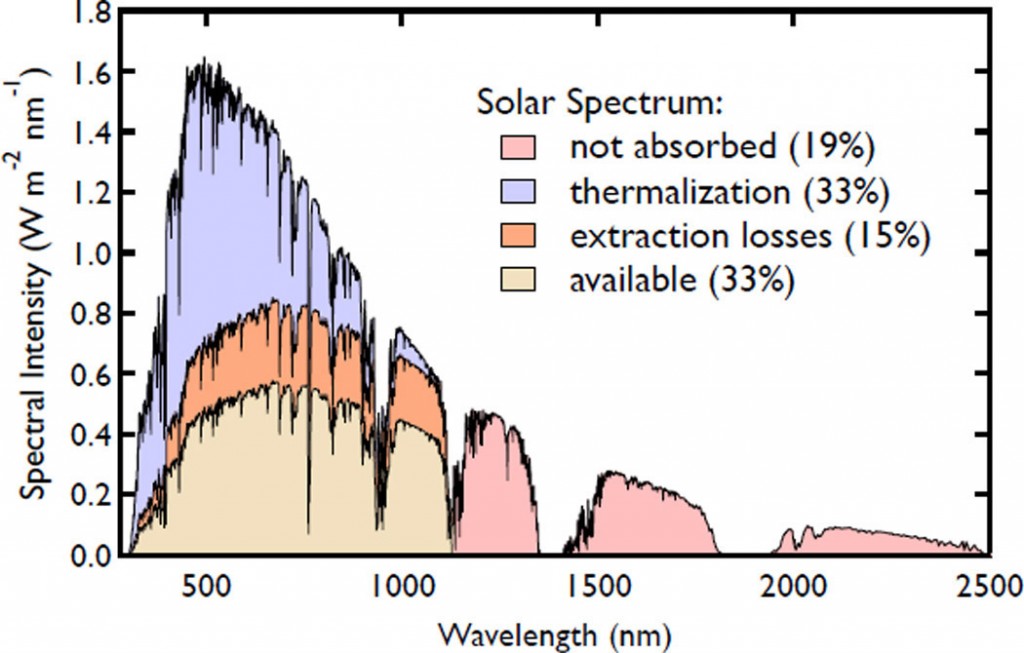



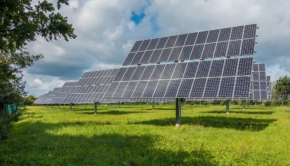
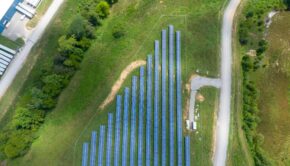










Pingback: To Soak Up The Sun, Change Its Frequency | Techno FAQ